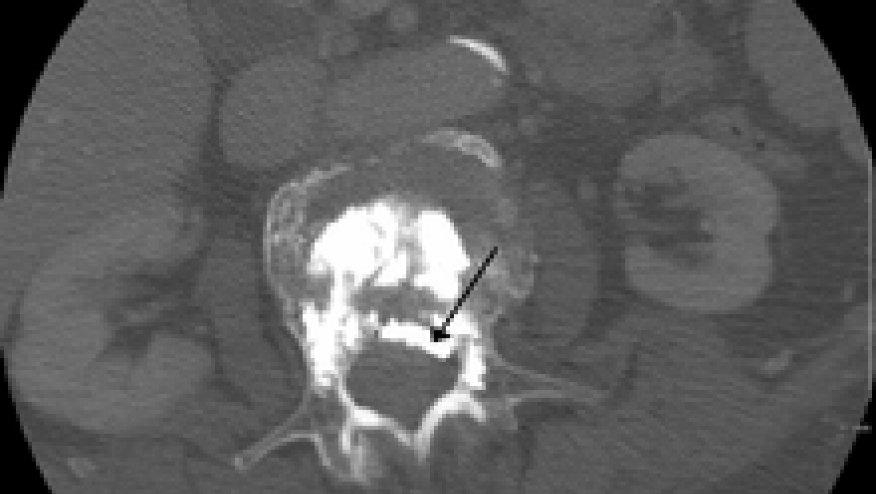Vertebroplasty and Kyphoplasty Shown to Be Ineffective Save

There are approximately 750,000 new vertebral compression fractures each year in the United States, with resultant acute and chronic back pain in over one‐third of patients with vertebral fractures (VF). Both percutaneous vertebroplasty or balloon kyphoplasty have been advocated as useful means of restoring vertebral height and strength capable of reducing pain in symptomatic patients. Balloon kyphoplasty is currently more expensive and is performed almost three times more commonly than percutaneous vertebroplasty in the United States
The American Society for Bone and Mineral Research (ASBMR) has established a Task Force to address the efficacy and safety of vertebral augmentation and other approaches for the treatment of vertebral compression fracture as there is a lack of consensus regarding efficacy and safety of percutaneous vertebroplasty and kyphoplasty.
For patients with acutely painful VF, percutaneous vertebroplasty provides no demonstrable clinically significant benefit over placebo.
Results did not differ according to duration of pain.
There is also insufficient evidence to support kyphoplasty over nonsurgical management, percutaneous vertebroplasty, vertebral body stenting, or KIVA®.
There is limited evidence regarding the risk of incident VF or other serious adverse effects (AE) related to vertebroplasty or kyphoplasty.
In those with symptomatic painful VF:
- Unclear whether spinal bracing improves physical function, disability, or quality of life.
- Exercise may improve mobility and may reduce pain and fear of falling but does not reduce falls or fractures in individuals with VF.
There is considerable need to reduce study bias and address methodological flaws seen in these studies. This includes the need for larger sample sizes, inclusion of a placebo control, more data on serious AE, and more research on nonpharmacologic interventions.
Thus routine use of vertebral augmentation is not supported by current evidence and patients should be fully informed about the evidence.
Lastly, other anti‐osteoporotic medications have been show to reduce the risk of subsequent vertebral fractures by 40–70%.










If you are a health practitioner, you may Login/Register to comment.
Due to the nature of these comment forums, only health practitioners are allowed to comment at this time.